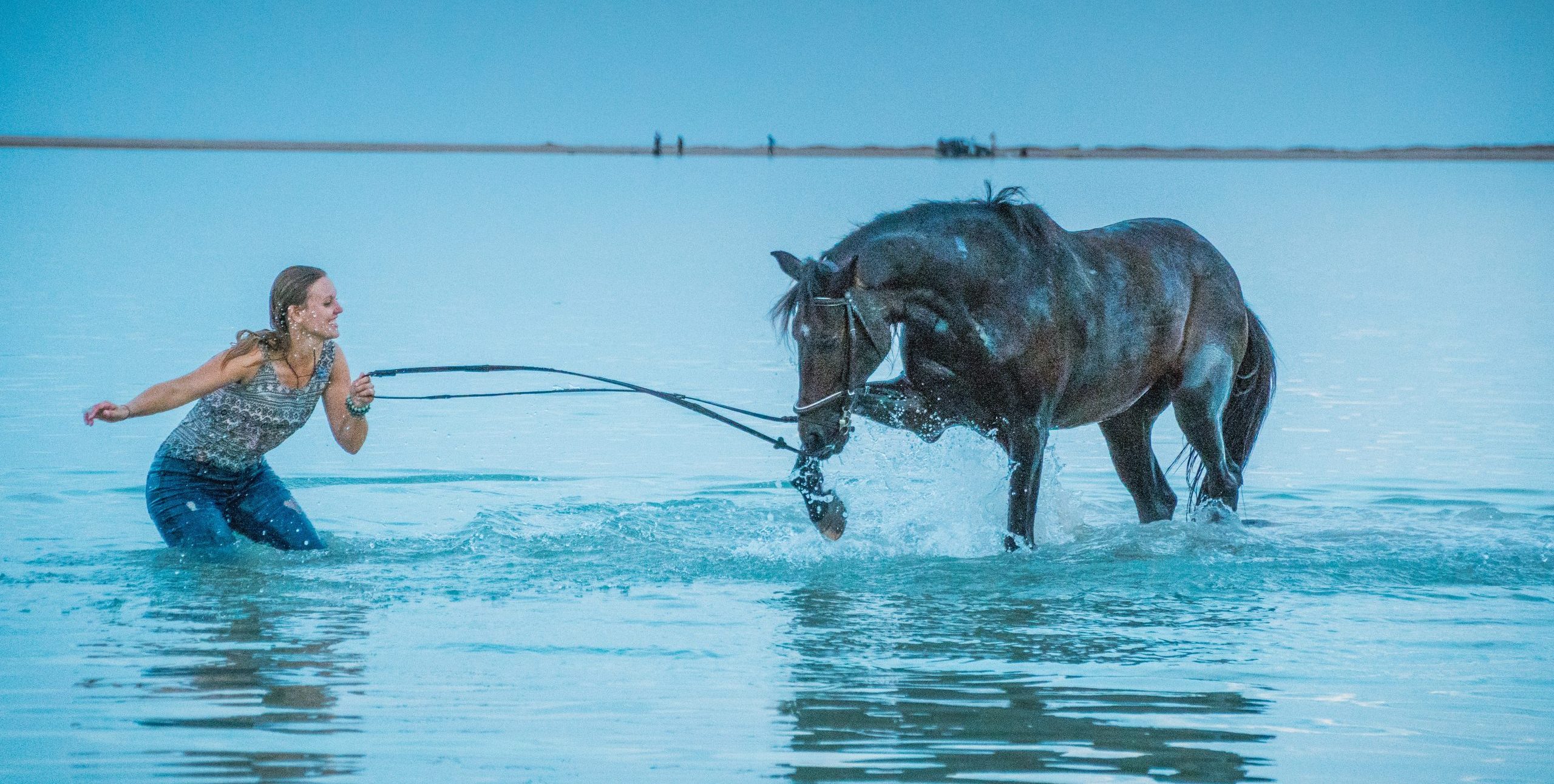
Update
10 Key Considerations when Designing an Equine Swimming Pool
30th October, 2023
Horses have a natural instinct to swim and equine swimming and hydrotherapy pools are regarded as key facilities for improving fitness and for rehabilitation.
There are many critical factors to consider when designing the perfect pools for horses. We have identified ten essential elements to ensure your equine swimming pool is safe, hygienic and effective.
-
- Pool Cross Section
To provide horses with a safe and comfortable swimming experience, it’s crucial to get the pool’s cross-section right. The pool should be wide enough to allow horses to swim comfortably without feeling cramped, but not so wide that they can easily turn around. Striking this balance is essential for horse safety and enjoyment. - Pool Depth
The depth of the equine swimming pool is a critical consideration. It must be deep enough to prevent the horse from accidentally kicking the pool floor while swimming. However, excessively deep pools can lead to unnecessary construction costs and oversized pool water treatment systems. Finding the right depth is key to optimising both safety and cost-efficiency. - Pool Access
Safe and convenient access to the pool is paramount. A ramp is the ideal solution, with a shallow gradient that allows horses to enter safely and there needs to be sufficient space for the ramp to ensure ease of use. - Edge Build-Up
Consider the design around the pool’s edges. The horse’s view should be restricted to the pool, but the design should also provide maintenance access and space for trainers to walk alongside the horses while they swim. Balancing aesthetics with functionality is key. - Turnover Rate
Maintaining excellent water quality is crucial. The pool’s turnover rate should be determined by its size and usage. A 2-3 hour turnover time will normally strike the right balance between water quality and efficiency. - Surface Water Removal
Efficient surface water removal is vital for maintaining clean and hygienic water. Consider using transfer channels and additional skimmers in areas with challenging pool geometry to effectively remove the most polluted water from the surface. - Filtration Stages
Due to the higher pollution load in equine swimming pools, consider removing larger debris at the source before it reaches the main filters. Utilise bag filters, cyclone filters, and AFM to ensure effective water filtration. - Chemical Treatment
Choose the appropriate chemical treatment to disinfect the pool water. Options include standard chlorination and chlorine-free treatments. Select the one that aligns with your maintenance preferences and horse health. - Enhanced Water Treatment
Consider implementing a secondary disinfection system, such as UV or ozone, to enhance water quality further. This extra layer of treatment can help maintain optimum health of horses. - Temperature
Maintaining the right water temperature is essential to prevent horses from overheating. Find the optimal set-point based on the pool’s location and environmental conditions, striking a balance between comfort and energy efficiency.
- Pool Cross Section
Conclusion
Designing a equine swimming pool involves careful planning and consideration of these ten key factors. Our team at Devin address each element carefully and on a case-by-case basis, to create safe, efficient, and enjoyable swimming experiences for horses and trainers alike.
Devin are delighted to be working with Leigh & Orange Architects on an equine wellness centre in the Middle East.






